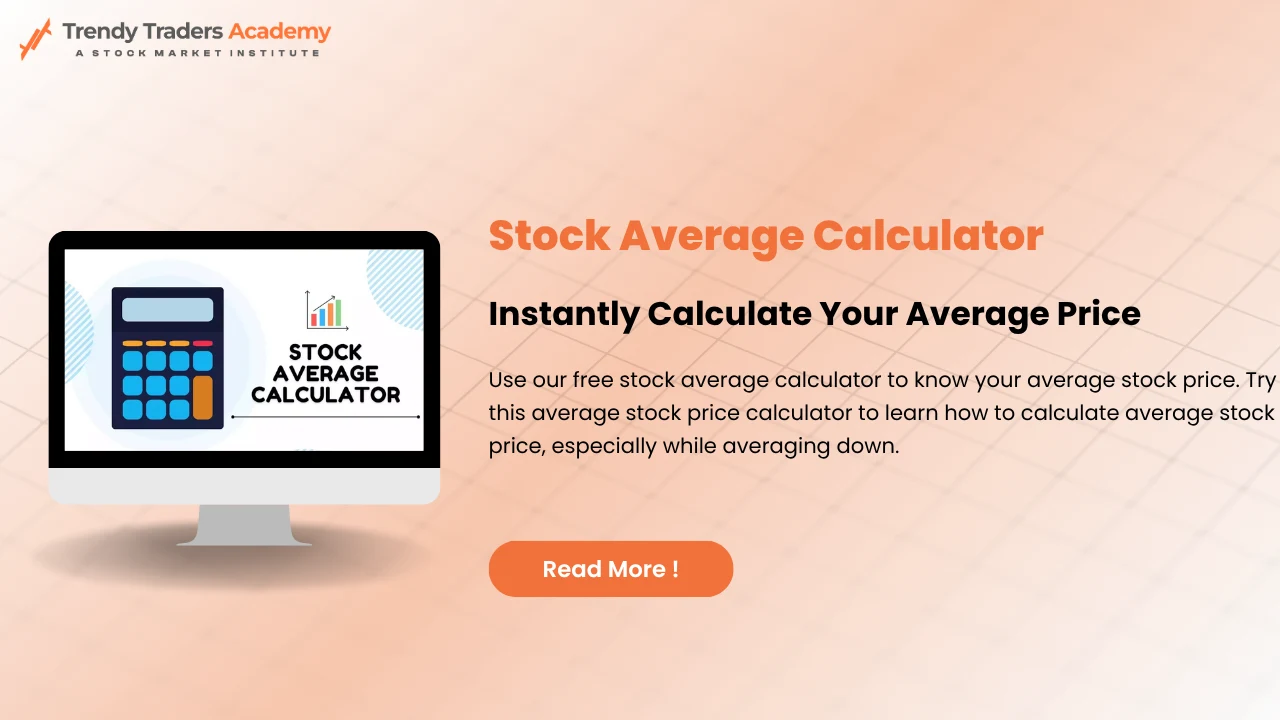
Triangle Pattern in Trading: Types, Strategies & How to Trade
Triangles are one of the most fundamental concepts used in analyzing the charts of the trading market. These are patterns of trading around candles with the formations indicating a consolidation period before the start of a bullish or a bearish run. There are specific movements expected on the chart, which traders then combine with the most effective patterns of the ‘candlesticks’ so as to enhance the trading based on anticipated movements. Understanding how to identify each of the triangle patterns increases the trading strategies especially when it comes to the beginners in the use of candlestick charts.
What is a Triangle Pattern in Trading ?
A triangle pattern is an arrow-like pattern that continues the formation of the price into a triangle with the support of two converging trendlines. It can be combined with other patterns involved in candlestick analysis for better results. Triangles indicate a state of confusion of a market that can be immediately followed by movement towards the direction of the trend indicator or else followed by a movement of the opposite direction.
These patterns are used among traders in the forex, stocks, and crypto markets, alongside the best candlestick patterns on the chart. Market traders are therefore able to identify these breakout levels and in the process, use it to their advantage while plotting their trading strategies. When it comes to the simpler forms of candlestick patterns for first timers, the application of triangle patterns together with simple forms of candlestick analysis is pronounced.
Types of Triangle Patterns in Trading
1.Ascending Triangle Pattern
An Ascending Triangle Pattern shapes itself as a continuation Buy signal telling that the buyers dominate the sphere in a particular period. There is a horizontal resistance during the period, as well as an upward-sloping support line; there may be trading candlestick figures in addition to this. This makes the traders ready for an upside breakout above the resistance level.
Key Characteristics:
- A horizontal resistance level with an upward-sloping support line.
- Increased buying pressure.
Trading Strategy:
- Buy into a long position when the price breaks resistance, accompanied by high volume.Ascending Triangle Pattern
- Place the stop-loss order under the latest higher low.
- Estimate the breakout target with the height of the triangle.
Ascending Triangle Pattern are also rarely reversal patterns when they occur in downtrends. Traders who focus on the best candlestick patterns can validate breakout confirmations more effectively. Candlestick patterns for beginners are especially useful here, as they simplify signal recognition.
2. Descending Triangle Pattern
A Descending Triangle Pattern is a bearish continuation pattern characterized by horizontal support and a downward-sloping resistance line. It indicates that the sellers are gaining more control and a breakdown below the support level is likely.
Key Characteristics:
Lower lows create a trendline.
Horizontal support.
Increasing selling inequality.
Trading Strategy:
Enter a short trade once the price moves below the support level with high volume.
Place a stop-loss above the latest lower high.
Use the height of the triangle to determine the price target for the breakout.
Descending Triangle Pattern are often studied in tandem with Triangle Pattern in Trading to ensure precise timing for entry and exit strategies. The best candlestick patterns help minimize risks of false breakdowns and improve the accuracy of trading decisions.
3. Symmetrical triangle pattern
symmetrical triangle pattern reflect a neutral pattern suggesting consolidation where neither buyers nor sellers have clear control. In terms of geometry, it is created by the convergence of both resistance and support lines, thus leading to an eventual breakout in either direction.
Key Characteristics:
- Converging trendlines with lower highs and higher lows.
- Decision avoidance prior to a breakout.
- The breakout can happen from either side.
Trading Strategy:
- For long positions, wait for the breakout above resistance, or short positions below support.
- Verify the breakout with high trading volume.
- Position a stop-loss along the opposite trendline of the breakout.
- Measure the height of the triangle to estimate the price target.
Symmetrical triangle pattern work well when integrated with Triangle Pattern in Trading. By doing so, traders improve their breakout confirmations. For candlestick patterns for beginners, combining these tools offers a neutral starting point with less complexity, yet high relevance.
Ways to Trade Triangle Patterns
To trade triangles efficiently, make sure all tips are considered:
Try to Spot the Pattern Early: Alongside Triangle Pattern in Trading, identifying triangle patterns before they fully form prepares you for breakout opportunities.
Confirm the Breakout: Always ensure you have strong volume during breakouts. Using the best candlestick patterns often aids in confirming valid moves.
Set Entry and Exit Points: Based on your parameters, set take-profit and stop-loss markers on your trades.
Use Other Indicators: Moving context triangles should be confirmed with other indicators such as moving averages, RSI, and MACD—especially relevant for candlestick patterns for beginners.
Risk Management: Ensure that the loss and profit you set can manage unexpected movement reversals to reasonable self-protecting limits.
Other Elements
False Breakouts: False breakouts occur more commonly without confirmation from Triangle Pattern in Trading. Draw good structures and use other techniques to avoid losses.
Volume Analysis: High trading volume supports triangle breakouts and adds reliability, especially when integrated with candlestick pattern analysis.
Time Frame Selection: Triangles appear in charts of varying time intervals, as do Triangle Pattern in Trading. While day traders focus on short-term charts, longer-term investors use daily/weekly frames.
Market Conditions: The best candlestick patterns for bullish triangles work effectively in bullish markets, while bearish triangles perform better in downtrends.
Conclusion
In technical analysis, triangle patterns are some of the most trusted features on the market chart since they guide traders on possible future actions. Combining triangle patterns with Triangle Pattern in Trading enhances precision and reliability. These patterns imply that the market is closely compacting and most likely to go for a breakout. It is significant to understand the kind of triangle patterns—Ascending Triangle Pattern, Descending Triangle Pattern , and symmetrical triangle pattern so that appropriate strategies could be adopted by traders.
For the beginners in identifying each of the candlestick patterns, it is advisable that they should master how to identify breakouts. For candlestick patterns for beginners, learning to identify breakouts ensures a solid foundation. Finally, these patterns, like all others, are not always reliable. Breakout points should always be confirmed with volume and other technical indicators. Risk management is critical to mitigate losses from false breakouts. Successful traders combine triangle patterns with well-rounded strategies, discipline, and detailed analysis, incorporating tools such as candlestick patterns for beginners or advanced techniques.
Also Read : Bollinger bands indicator : Guide to Smarter Trading
FAQ'S
What is a Triangle Pattern in Trading ?
A triangle pattern is a chart formation that appears when price movements start converging into a tighter range, forming a triangular shape. It indicates potential trend continuation or reversal, depending on the breakout direction.
What is an Ascending Triangle Pattern ?
An ascending triangle pattern is a bullish chart pattern formed when the price makes higher lows while facing resistance at a horizontal level. A breakout above the resistance usually signals a strong upward move.
How to Trade the Ascending Triangle Pattern ?
To trade an ascending triangle:
- Wait for a breakout above the resistance level.
- Enter a long (buy) position after confirmation.
- Set stop-loss below the last higher low to manage risk.
What is a Descending Triangle Pattern ?
A descending triangle pattern is a bearish formation where the price forms lower highs while holding support at a horizontal level. A breakdown below the support usually signals a strong downward move.
How to Trade the Descending Triangle Pattern ?
To trade a descending triangle:
- Wait for a breakdown below the support level.
- Enter a short (sell) position after confirmation.
- Set stop-loss above the last lower high to control losses.
What is a Symmetrical Triangle Pattern ?
A symmetrical triangle pattern is a neutral chart formation where the price moves within converging trendlines, forming lower highs and higher lows. The breakout can occur in either direction, leading to a continuation of the prior trend.
How to Trade the Symmetrical Triangle Pattern ?
To trade a symmetrical triangle:
- Identify the converging trendlines.
- Wait for a breakout above or below the triangle.
- Enter a trade in the breakout direction, with a stop-loss inside the triangle.
Can Triangle Patterns Be Used for Intraday Trading ?
Yes, triangle patterns work on different timeframes, including intraday charts. However, traders should confirm breakouts with volume and other indicators like RSI or MACD.











